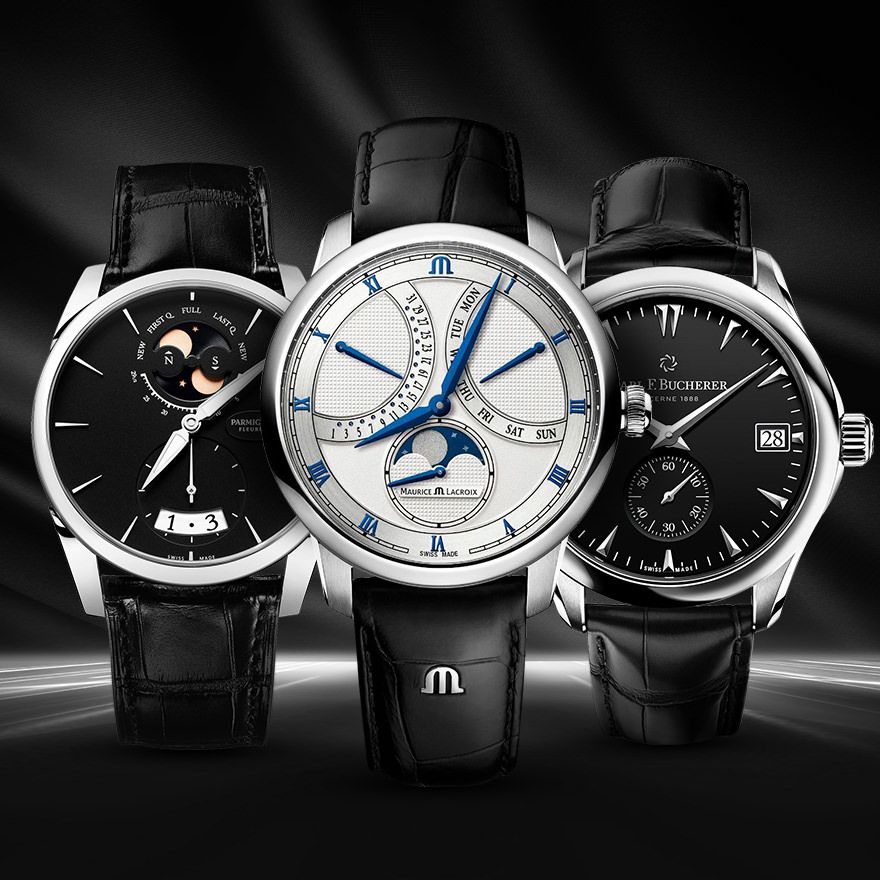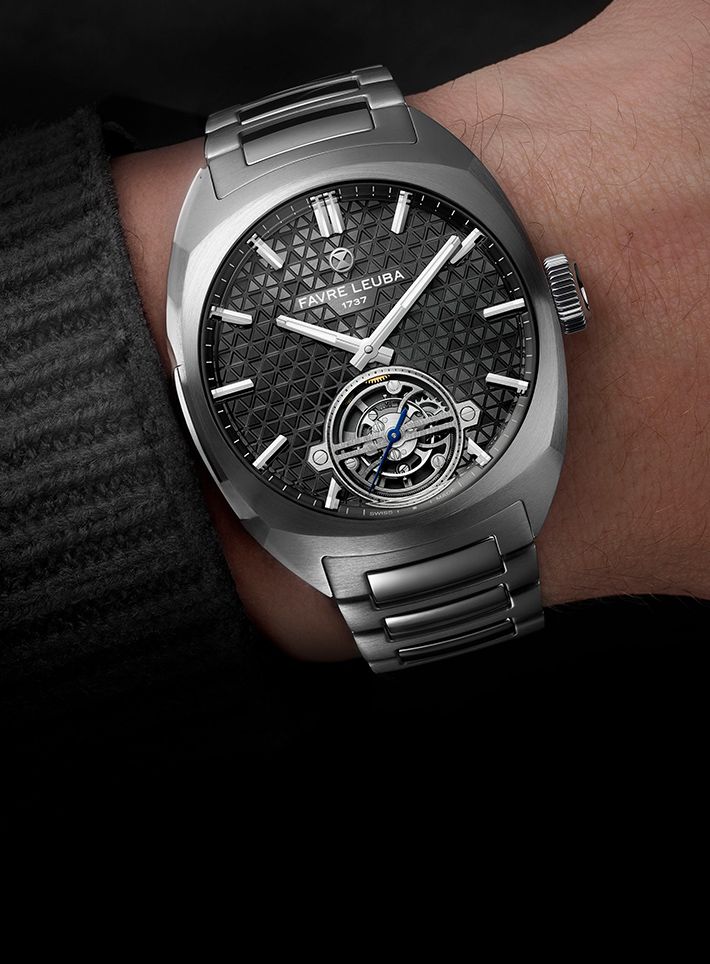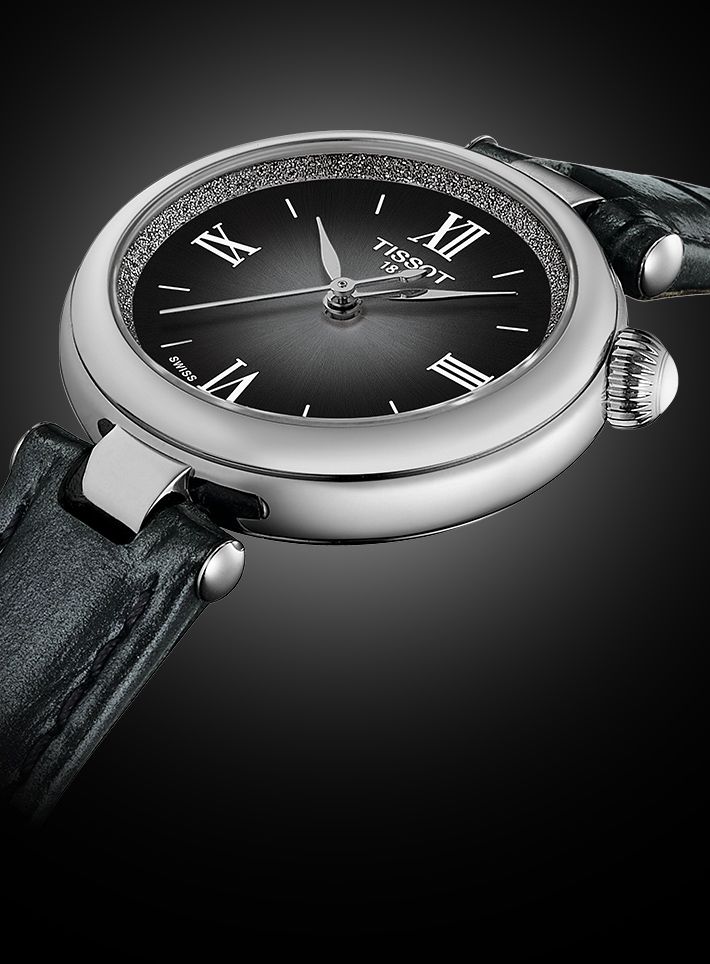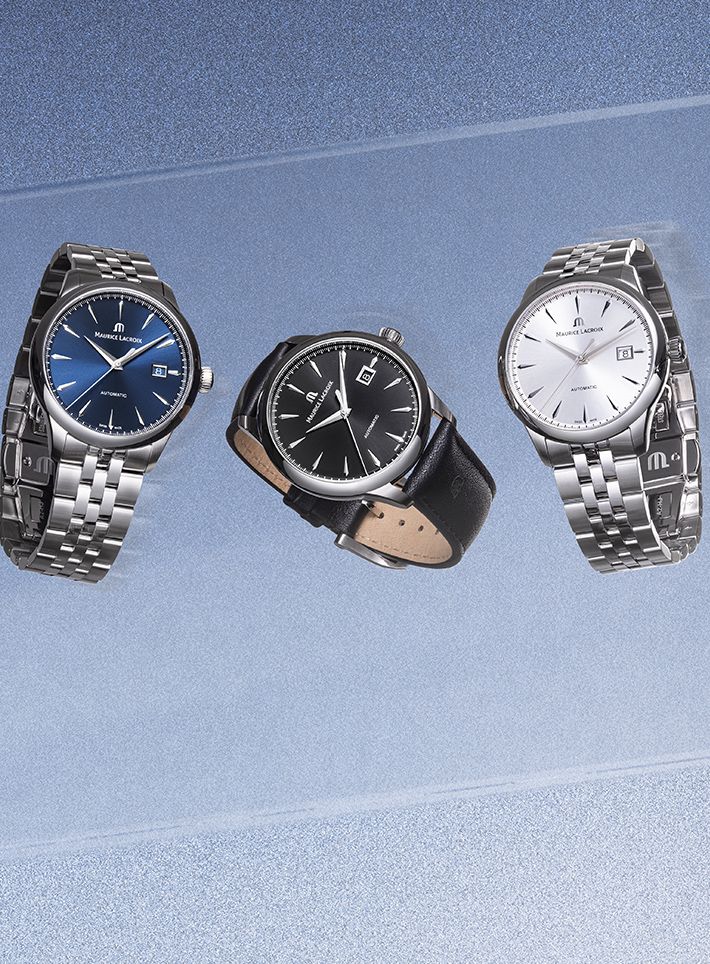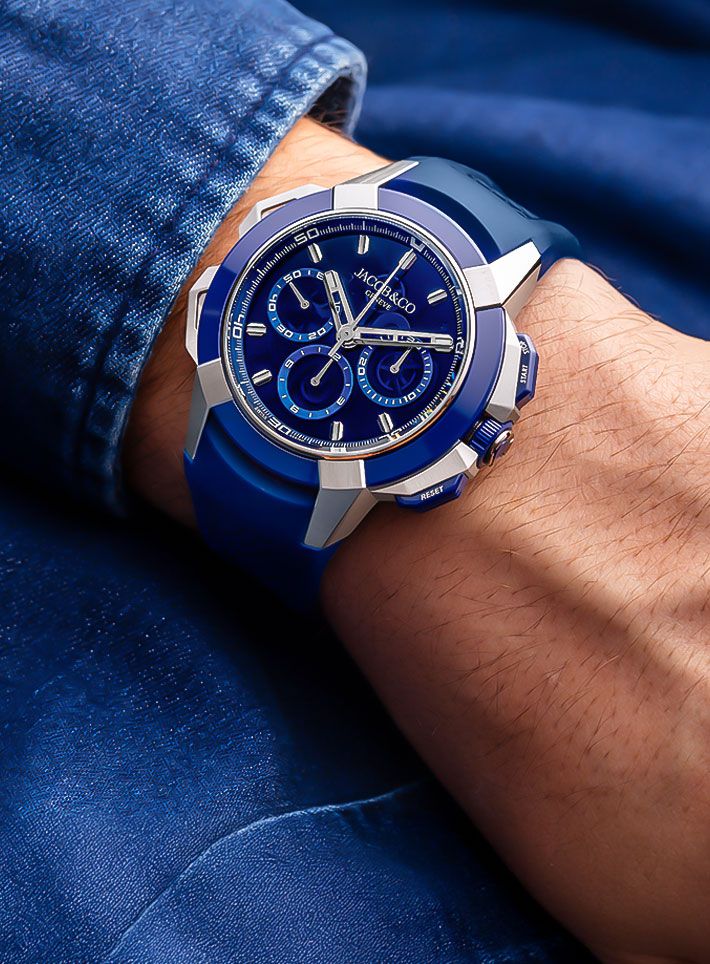Watch GlossaryATM
Discover what an ATM (atmospheres) is in a watch
May We Recommend
What Is An ATM In Watches?
An ATM or ‘atmospheres’ in a watch is a unit used to describe the water resistance of a watch. For instance, 1 ATM is equivalent to the pressure exerted by a column of 10 metres (about 33 feet) of water. At a level below 50m, the watch is only meant to withstand light splashes of water like when one rinses their hands.
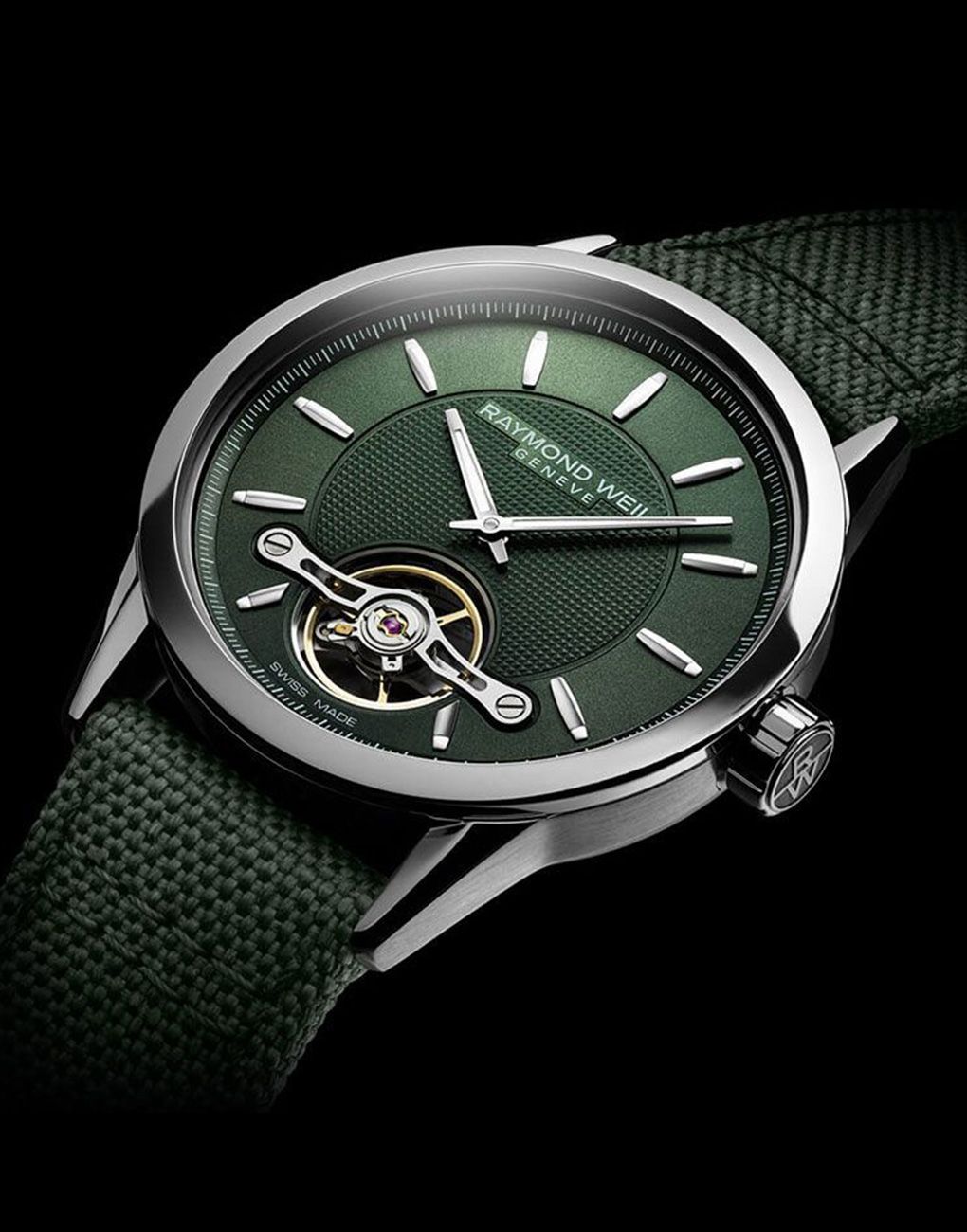
What Are The Different Levels Of Water Resistance?
5 ATM/50 metres/165 feet
If a watch is labelled at 5 ATM, it means that it can withstand pressure equivalent to a depth of 50 metres underwater. At 50m, one can take a dip at the shallow end of a swimming pool or indulge in low-impact water sports such as a pool volleyball or water polo. The Clifton Automatic Watch, Cosc Certified, Date – 40mm by Baume & Mercier is a good example of a timepiece, with a water resistance of up to 50m.
10 ATM/100 metres/330 feet
The 10 ATM mark makes a watch ten times more resistant to atmospheric pressure at sea level, however it can’t be considered for diving. A fine example of a watch with a water resistance of up to 100m is the Raymond Weil Freelancer Calibre RW1212 Men’s Automatic Green Watch, 42mm.
20 ATM/200 metres/660 feet
If a watch’s water resistance is at 20 ATM (200m/660 feet) or more, it can be qualified as a diver’s watch and can be worn for high-impact water sports. These are some of the best examples of watches with a 200m water resistance: the Favre Leuba Raider Sea Sky, the Breitling Superocean Heritage B20 Automatic 42, and Nomos Glashutte Ahoi, among others.
50 ATM/500 metres/1,640 feet and above
The watches that are water-resistant to 500m or above are serious diver watches that need to withstand significant shock, magnetic fields, and salt water tolerance. Watchmakers who are globally known to produce some of the best diver watches are TAG Heuer, Oris, and Omega, to name a few.
How Should One Care For Their Dive Watch?
To care for one’s dive watch, rinse it with fresh water after exposing it to saltwater or chlorine, avoid wearing it under extreme temperatures, and have it serviced every few years to maintain its water resistance and overall functionality.
